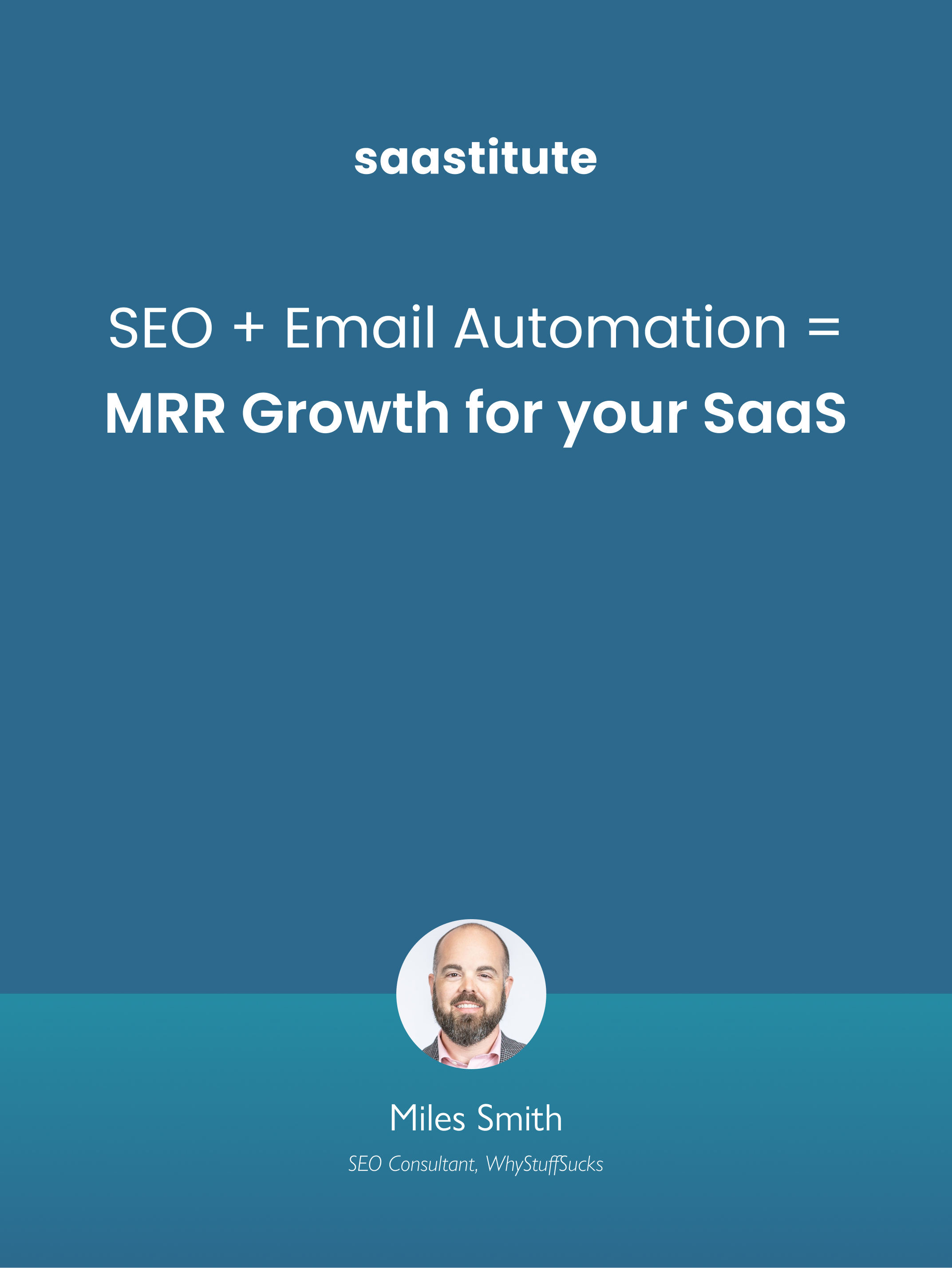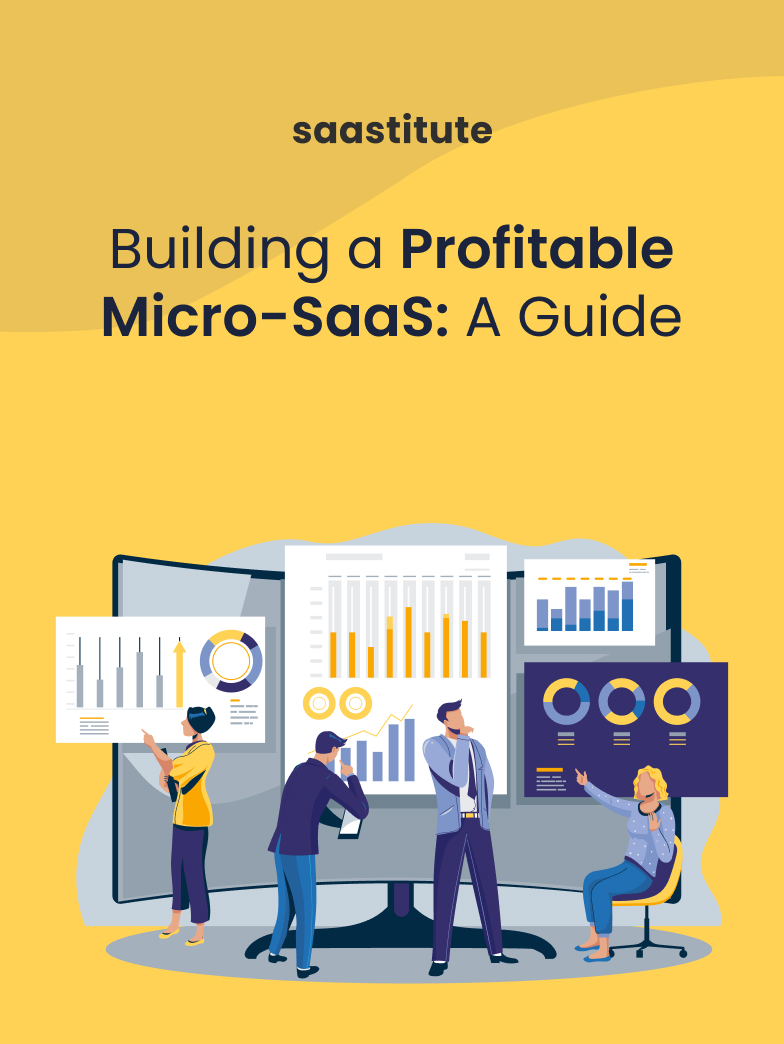10 Landing Page Copywriting Rules to Follow
Saas product pages are infamous for being boring. A good landing page copy can help you nail conversions smoothly. Follow these rules to ensure you check all the boxes right.

SaaS product pages are infamous for being busy, bloated, or just plain boring. Good design can surely help spark a boring page, but without a good copy, your landing page is just aiming for the stars.
Follow these principles and learn to write a landing page copy that speaks to your prospects and improves your conversion rates.
Have one clear goal
Every landing page has a goal, its reason for existence. If you're building a landing page you must have the goal clear in mind.
The goals could range from a demo sign-up to an ebook download or even a newsletter. But it’s really important that there is just one goal. Why only one? Because of the low attention ratio. Landing pages need to be always laser specific in terms of it’s messaging and goal.
What is your value proposition?
Have you heard of the term elevator pitch? It is a short description of your idea that explains your product/ service quickly. Like if you had to explain your company to someone during an elevator ride.
Some people also call it a logline. Semantics aside, your value proposition needs to be unique and give value to your potential customers. Whenever you come up with a value proposition, ask yourself “so what?” This is a good way to test your messaging and if it rings true to your customers or not or if what you’re selling is of any use to your customer or not.
Nail your headline
8 out of 10 of your readers read the headline and only 2 read the copy. This means 80% of your readers don’t get past your headlines.
So if someone drops in your landing page, you need to make sure your headline is insanely specific and highly focused. It should let the reader know what they’ll get from your product, service, newsletter, or the free trial.
Headlines and subheadings work in pairs and need to complement each other. So you can be a little creative with your headline as long as it hooks the visitors in. However your subheading needs to be crystal clear and present the value proposition to the visitor.

What is a slippery slide?
“The sole purpose of the first sentence in an ad is to get you to read the second sentence.” Joseph Sugarman (Legendary author of The Adweek Copywriting Handbook)
The idea is to write so your visitor is constantly moving through your sales message.
You don’t have to be an expert literary writer to create a compelling copy. But the knowledge of words you can quickly tap into is surely helpful. Ensure your writing is gripping by using bucket bridges. These are short phrases that encourage the reader to keep on reading:

Or if you want a shortcut keep some of the aforementioned bucket bridges handy.
Write like your customers talk
One of the biggest sins a copy can commit is to ignore it’s reader’s persona. As a product owner you know the product inside out. Heck, you also know the problem statement of the customer. But assuming they know what you are talking about is major blindsight many copies have.
Most consumers don’t know if the picture tube is faulty, what they do know is “There’s a big line coming down my screen”
So whenever you are writing your copy, as yourself this:
-Who will be reading this?
-Who is the target persona?
- and how do they talk?
You want to write in a way that’s relatable and resonates with them. And the best way to find out your audience’s words is by talking to them. Survey and interview your customers and frame your copy using their words. But what if you don’t have a customer you can interview? Check customer reviews, raid communities, check your competitors’ reviews. Look for people talking about the product on social media. The idea is to get the message across in their words and not yours.

Write to one person
When you’re writing a sales copy, address it to just one person, don’t think of the crowd. A copy focused on one person will always be more relatable and more actionable. Use words that speak directly to the reader.
Most B2B saas companies are guilty of this. They write generic copies that try to speak to everyone but end up resonating with no one.

Sell the benefits of your features
You’ve heard these thousands of times. “Don’t sell your features, sell your benefits.” The idea is that people care about the outcomes. They don’t care about the features that led to the outcome. Having said that, how many times have you visited the feature page of a product to check if it satisfies your needs or not. If your copy sounds like you are just spoon-feeding information and leaving out the technical bits, it will come off as patronizing. So maybe the rule “Sell benefits, not features” needs an update.
Your copy should sell the benefits of your features. This way you’re clarifying the messaging and also educating your visitors without sounding patronizing. What’s better is that this also decreases friction for the customer as they don’t have to navigate back to your website just to find your features page.
Write short choppy copy but don’t be afraid to go long-form
Short sentences are easy to read and follow. Since copywriting is a game of directing attention your sentences need to also follow that idea. Write sentences that just convey one simple and straight idea. Break complex sentences into multiple lines. And you will see the readability of copy increases significantly
According to research by the American Press Institute, an article with an average of 8 words per sentence showed 100% comprehension. At the same time, articles with an average of 43 words showed barely 10% comprehension.
Back it up with Social Proof
Saying things like testimonials boost your conversion rates would be an understatement. Having positive testimonials, reviews, and trust signals on your landing page is non-negotiable. It can range from positive reviews, mentions from reputed brands, or even your subscriber count. These elements create assurance and make it easier for your visitors to follow through with your ask. In short, Social proof can be the deciding factor whether or not to buy what you are selling. You can be a little creative and cherry-pick those reviews that also answer some possible customer concerns, killing 2 birds with a stone.
Address their pain points with “even ifs”
A general copy format goes like this: Get this <benefit> without this <pain>. It’s a very effective way to write persuasively. Using the same concept. Write your copies that address the possible objections anyone might have with your product/ service and debunk them.

No nonsense CTA
Your CTA is the last step in the customer’s journey down your landing page. Have a CTA that is to the point and simple. Downloading the eBook? Use microcopies like “DOWNLOAD FREE EBOOK” instead of generic “sign up” or “register” Copywriting is not about being clever. It’s about getting the message across in the simplest possible manner. So if you use words like “Definitely not a spam” for added humor, you’ll be doing them at your own risk.
PS. your landing page should minimum have 2 CTAs one above the fold and one at the end of the page.
Conclusion
Copywriting is an art that takes a while to be mastered. But once you do, you develop a mental checkbox and will be able to write persuasive copy intuitively. Till then use these principles to up your copywriting game and boost your conversion rates.
Do you have more ideas on persuasive copywriting? Write to us, let us know!














.svg)


